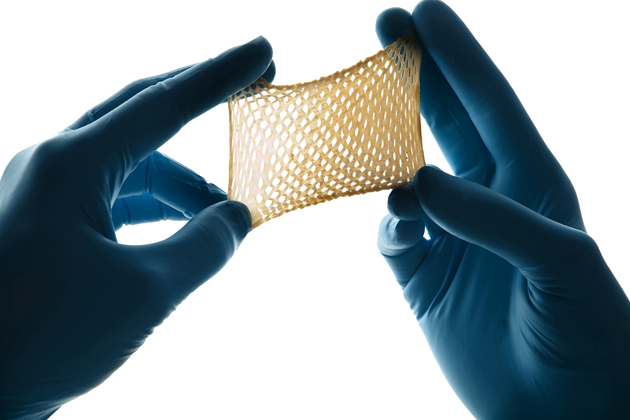To assist the Alliance of Wound Care Stakeholders in making its comments to CMS about the proposed “episode of care” payment model for Cellular and/or Tissue Based Products (CTPs) – sometimes referred to as “skin substitutes,” the US Wound Registry (USWR) performed very high-level analytics on data available in its Cellular and/or Tissue Based Product Registry (CTPR) (ClinicalTrials.gov Identifier: NCT02322554). Here is the USWR White Paper on Registry Standards.
The data are obtained from the electronic medical records (EHRs) of ~134 Hospital Outpatient Departments (HOPD) via direct electronic transmission to the USWR, a CMS-recognized specialty registry, to meet physician requirements for quality reporting, practice improvement and advancing care information under the Merit Based Incentive Payment System (MIPS). There is no secondary data entry. All wounds in all patients and all CTP applications are recorded at the point of care, so there was no patient, wound, or product selection bias. To simplify analysis, we limited the dataset to information obtained after the national ICD-10 conversion.
Dataset
- Date range: October 2015 – July 2018
- Patient count: 236,352
- Total Wound count: 761,214 (all types)
- Wounds treated with CTPs: 14, 634 (1.9% of all wounds)
Preliminary Findings:
- Average wounds per patient: 2.2
- Average number of NEW wounds while under treatment: 1.5
- Average wound surface area (SA): 22 cm2
- Percent of wounds with SA >26 cm2: 14%
- Average age of wound at presentation to HOPD: 300 days
- Average number of care days elapsed until CTP is applied: 101 days (14 weeks)
- Average decrease in surface area (SA) prior to a CTP application: 2.6 cm2
- Average SA of all wounds present on the body on the day any CTP is applied: 14 cm2
- Average number of CTPs applied per wound: 3
- Per wound, average time in service: 10 weeks (71 days)
- Per patient, average time in service: 30.8 weeks (216 days) or 7.7 months
- This reflects the time required to heal all of the wounds, including new ones that develop.
- Average medications per patient: 9.5
Thoughts:
- Because patients have multiple wounds, the patients stay in service in the HOPD for more than 7 months.
- The average wound is much larger than generally enrolled in randomized, controlled trials (RCTs).
- By the time wounds get to the wound center, they have been present a long time.
- Clinicians who participate in the USWR as part of transparent, public quality reporting under MIPS have no evidence of excessive CTP applications. We do not know about the pattern of behavior of other practitioners.
- Among practitioners who participate in the USWR, it appears that CTPs are utilized only after a very long period of conservative care, among wounds that have made almost no progress, and ends while wounds are still relatively large after an average of only 3 applications.
It is possible that the behavior of physicians participating in the USWR is substantively different from non-participants and that a different pattern of behavior would be observed among physicians who do not participate in transparent quality reporting. If that is the case, it is an argument in favor of reporting CTP applications to a CMS recognized specialty registry like the USWR that also provides quality measure performance data.
Disclaimer: This analysis was performed in a few hours without the edit checks or data cleaning necessary for publication. More detailed analysis is needed to confirm these numbers. The data are the property of the USWR. There was no financial support for this project. The USWR has no commercial support.

Dr. Fife is a world renowned wound care physician dedicated to improving patient outcomes through quality driven care. Please visit my blog at CarolineFifeMD.com and my Youtube channel at https://www.youtube.com/c/carolinefifemd/videos
The opinions, comments, and content expressed or implied in my statements are solely my own and do not necessarily reflect the position or views of Intellicure or any of the boards on which I serve.




Great content! Super high-quality! Keep it up! 🙂